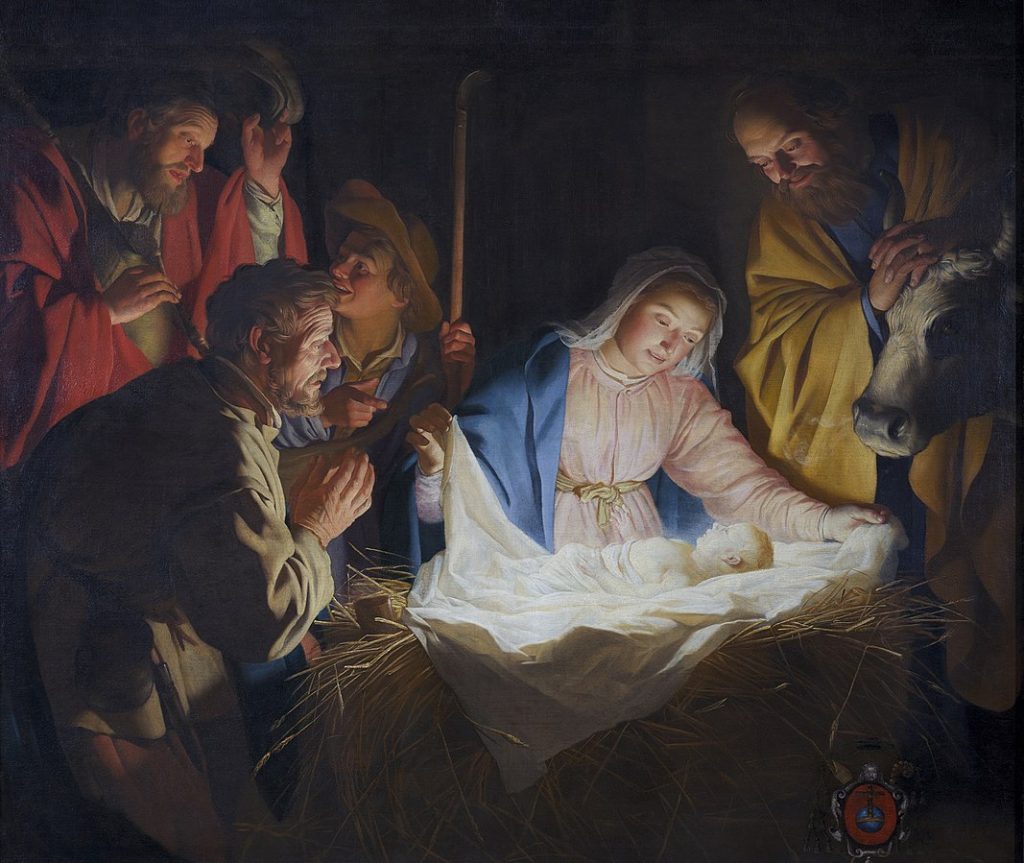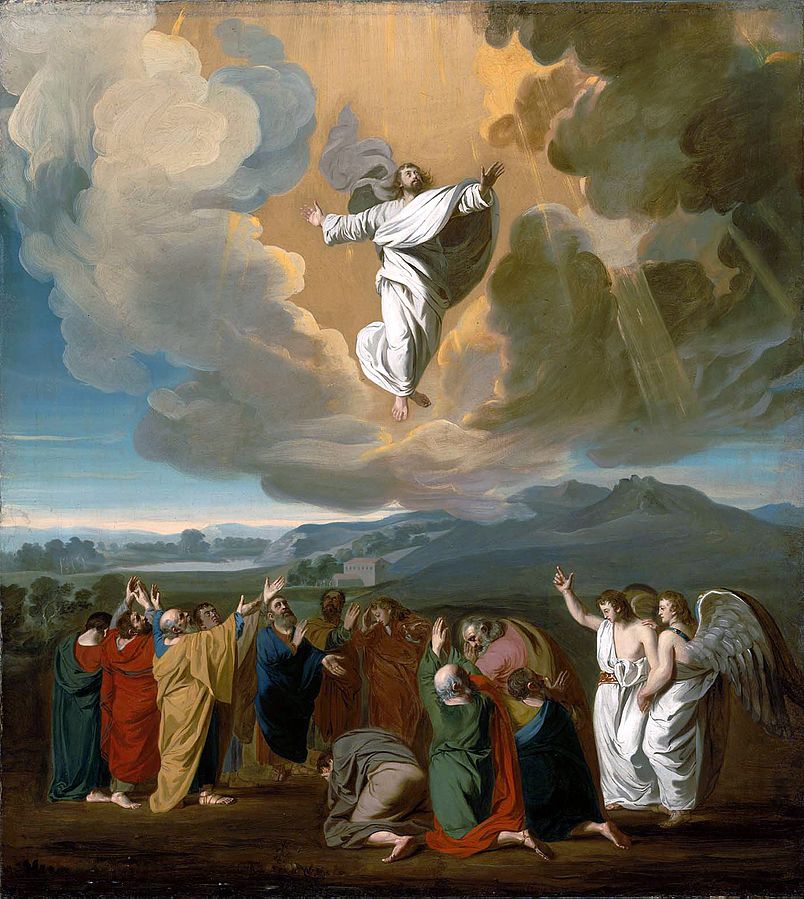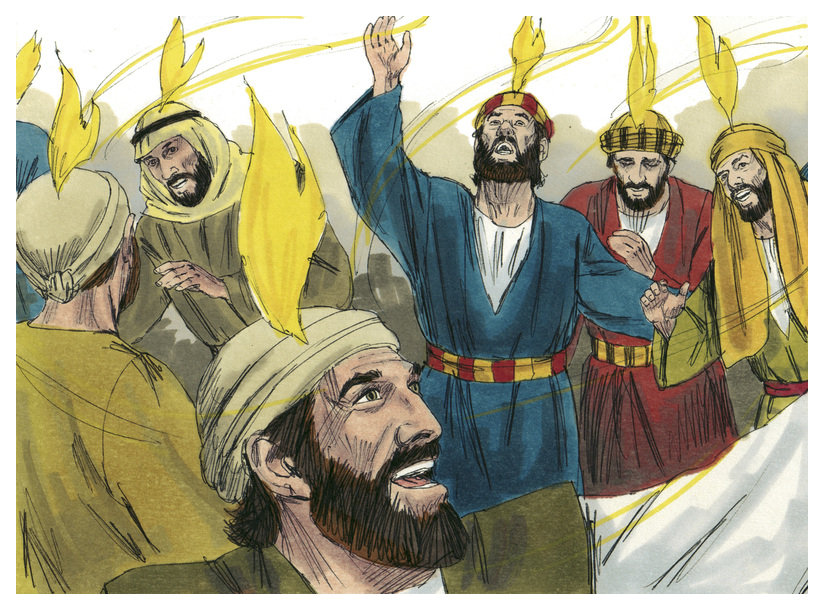Christianity as a religion has been in Europe (and then the Americas) for about 2000 years. It first came when the Apostle Paul crossed the Bosporus Strait and entered Macedonia around 50 CE. This is recorded in the Book of Acts, chapter 16.

Mary Harrsch, CC BY 2.0, via Wikimedia Commons
Brief History of Christianity in Europe
Christianity began as a despised Jewish Sect in those first days. But almost 300 years later, under the Roman Emperor Constantine, Christianity became the state religion of the Roman Empire. With the alliance of Church and State, it became a powerful institution with popes, bishops, rituals, and customs. Christendom then split between the Roman Catholic Church of Western Europe and the Orthodox Church of Eastern Europe. This occurred in an event called ‘The Great Schism‘ in 1054 CE.
Then in the 1500’s with the advent of the Protestant Reformation, the church in Western Europe again split. The various Protestant denominations like the Anglican Church, Presbyterians, Lutherans, Wesleyans, Baptists came from that Reformation movement.

Milan_studio, Public domain, via Wikimedia Commons
Christianity Practiced Today…
Christianity now has a long history of institutions, patriarchs, archbishops, monasteries, priests, pastors, monks and cathedrals across Europe. Those people who practice their Christian faith today often do so by attending church on Sunday, getting baptized, performing the eucharist or the breaking of Bread. They go to confession, or even go on pilgrimages to venerated locations across Europe. Others give generously to church or other worthy causes or even buy indulgences. Disciplines like doing penance and abstinence from various foods, drinks and pleasures are practiced by the devout. People venerate the many saints that form the fabric of Christian history in Europe. Perhaps the Virgin Mary, considered the greatest of the saints by many religious people, comes to the forefront when we think of the saints that people pray to and venerate. Finally, there are the various Christian holy days like Christmas, Easter, Ascension Day, Pentecost that Christians celebrate.

Christmas – birth of Jesus
Gerard van Honthorst, PD-US-expired, via Wikimedia Commons
Ascension Day
John Singleton Copley, PD-US-expired, via Wikimedia Commons
Pentecost – receiving the Holy Spirit
Distant Shores Media/Sweet Publishing, CC BY-SA 3.0, via Wikimedia Commons
Easter – The Empty Tomb after Christ’s resurrection
Workshop of Peter Paul Rubens, PD-US-expired, via Wikimedia Commons
For many, the principle applied in these different religious practices is to do the good deeds that God desires. Enough of these religious deeds then might cancel or pay for those sins and bad things we do occasionally.
Losing Sight of the Gospel
But what was Paul’s original message which drove him to cross Asia Minor, traveling through Greece and over to Rome? Do the various practices that characterize our Christian faith follow from what Paul brought to Europe 2ooo years ago? After all, none of these places, customs or rituals practiced today existed in his day. So what grounded his faith?
Fortunately we can answer that because Paul’s writings (and the Apostle Peter’s too) are available in the Bible today. No one has changed their writings. The Apostle Paul summarized the message, which he called ‘Good News’ (the meaning of ‘Gospel’), in a key sentence. That sentence is:
For the wages of sin is death, but the gift of God is eternal life in Christ Jesus our Lord.
Romans 6:23
Paul cared deeply about faith, but he was careful to place his faith (or trust) on ‘Christ Jesus’. He did not place it on his own works, or his own practices, or someone else’s holiness.
Why?
What does this mean?
How is this the foundation of all Christian practices that follow?
We explore these questions, digesting this key verse of Paul’s in his letter to the Church in Rome here.



